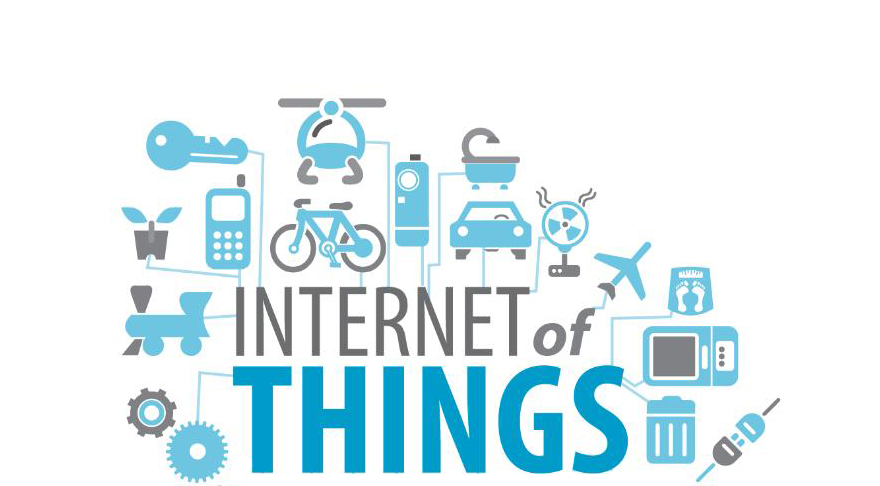
Improving the Internet of Things
Although we hear quite a lot about home automation and all of the exciting new developments within the industry, we lack information on the safety regarding these changes. Home automation products are excellent for working around your lifestyle and schedule, but that degree of personalization and intimacy also introduces you to unique security threats. It is unlikely that you’d expect thieves to hack into your email via your refrigerator or cause damage via your automated light switches, yet the possibilities most certainly exist.
The good news, however, is that there are solutions already being implemented to account for this. Security system installers recognize that a completely connected network opens the door for hackers to step in and wreak havoc. Consequently, they often install systems that operate within their own network, thus eliminating the possibility for hackers to create any real or meaningful damage.
Despite the fact that this protects consumers from incurring any real harm due to a cyber-attack, it is not good enough for Vyas Sekar, one of Carnegie Mellon University’s assistant professors in their Department of Electrical and Computer Engineering. As Security Info Watch reports, he was recently awarded $1.1 million by the National Science Foundation to develop a shield for the Internet of Things in order to protect it from cyber-attacks.
But, in order to clarify, what exactly is the Internet of Things? Well, in this circumstance specifically, it refers to the interconnected web of wireless devices such as automated light switches, electrical outlets, thermostats, and many, many more wireless, automated items that can be connected. Sekar is using the $1.1 million in research money to develop a security system for the network and the 6.4 billion ‘things’ that it includes.



